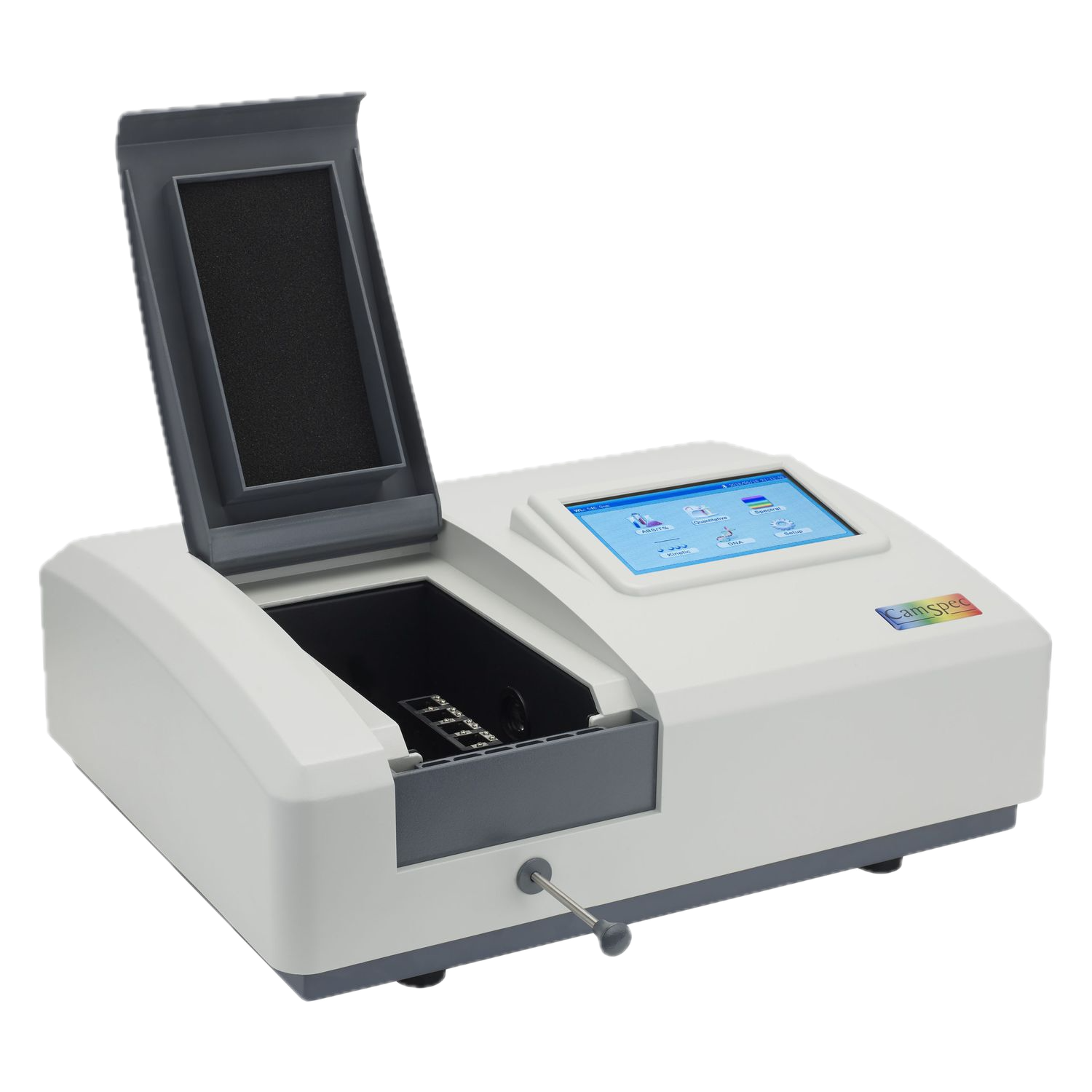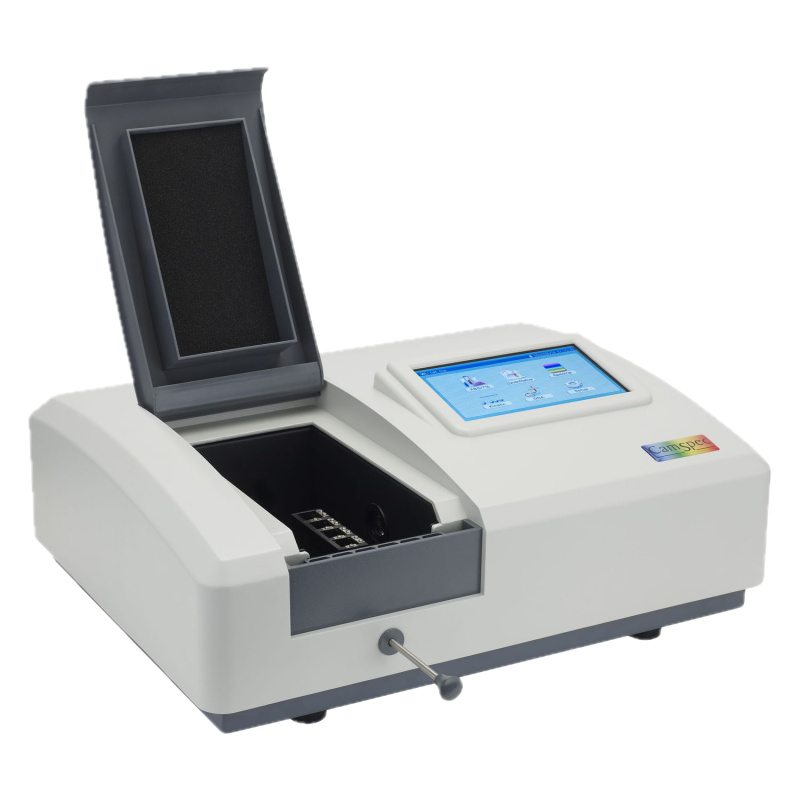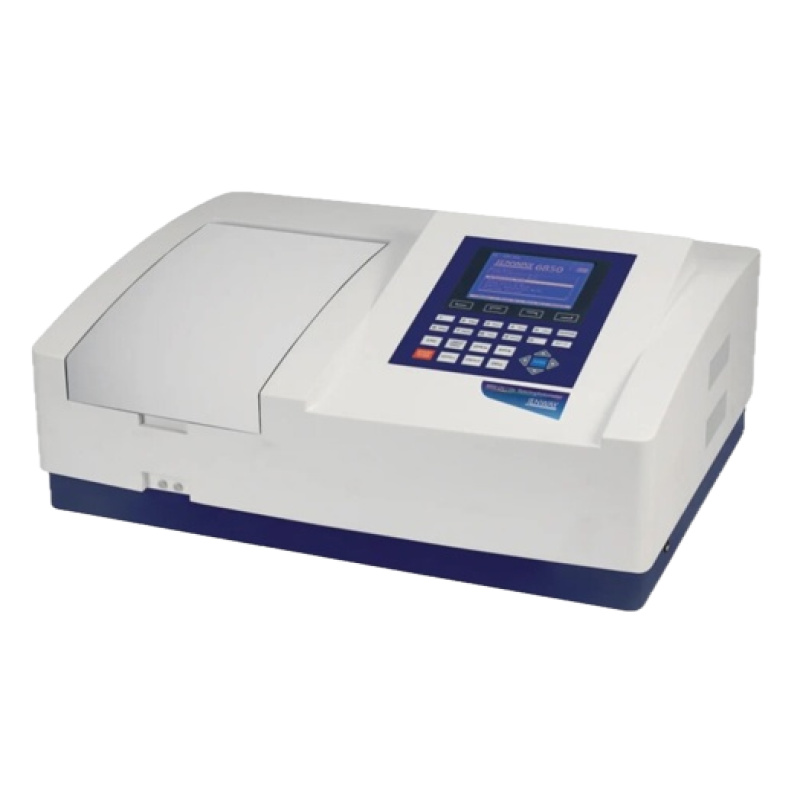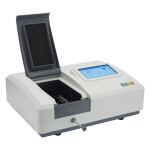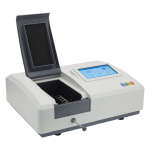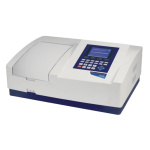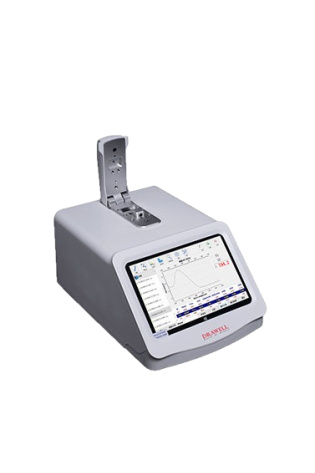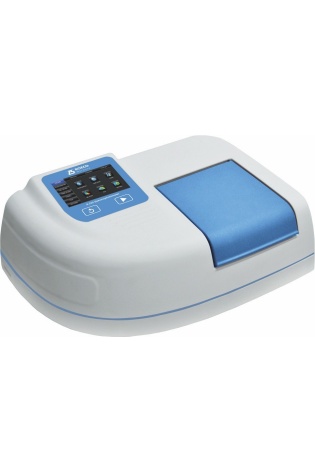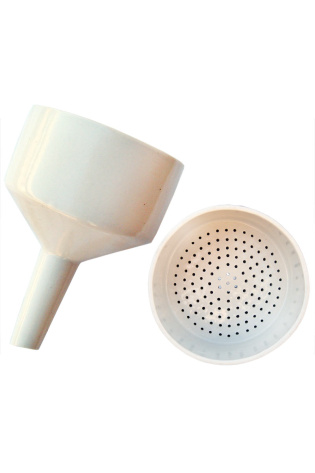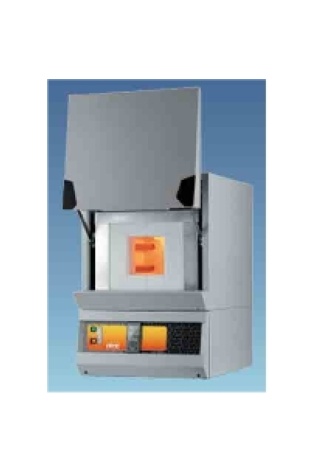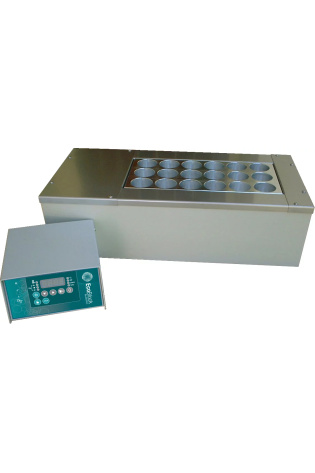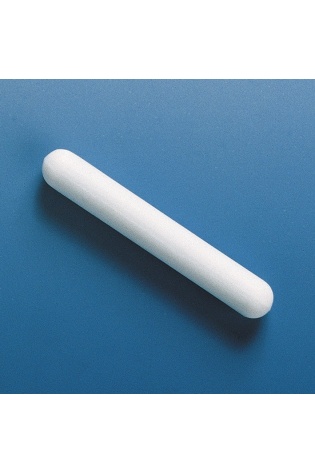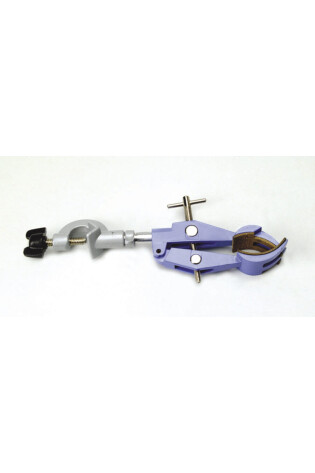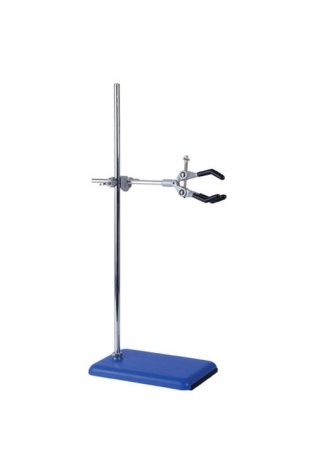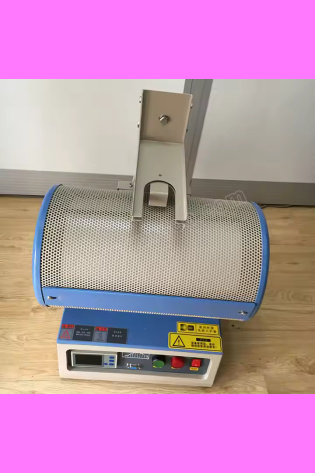Scanning Spectrophotometer
A scanning spectrophotometer is a versatile analytical instrument primarily used to analyze the spectral properties of samples by measuring how much light is absorbed or transmitted across a range of wavelengths. This capability makes it valuable for a wide array of applications, including identifying substances, quantifying concentrations, assessing purity, and determining chemical composition. It finds use in various scientific disciplines, including chemistry, biochemistry, environmental science, and materials science, as well as in industrial settings like pharmaceuticals and food production.
Here’s a more detailed breakdown of Scanning Spectrophotometer uses:
1. Identifying Substances:
Spectrophotometers can identify substances based on their unique absorption or transmission spectra. Each substance absorbs or transmits light differently at different wavelengths, creating a characteristic “fingerprint” that can be used for identification.
This is particularly useful for detecting impurities in organic compounds, as each compound has a unique spectrum.
2. Quantifying Concentrations:
By measuring the amount of light absorbed by a sample at a specific wavelength, spectrophotometers can determine the concentration of a substance in a solution.
This is based on the Beer-Lambert Law, which relates absorbance to concentration.
This application is widely used in biochemistry and molecular biology for determining the concentration of biomolecules like DNA, RNA, and proteins.
3. Assessing Purity:
Spectrophotometry can be used to assess the purity of a substance by analyzing its spectrum. A pure substance will have a consistent spectrum, while impurities will introduce deviations.
4. Analyzing Chemical Composition:
Scanning spectrophotometers can analyze the spectral properties of a sample across a range of wavelengths, providing information about the sample’s overall chemical composition.
This is useful in various fields, such as determining the composition of materials, identifying pollutants in environmental samples, and analyzing the composition of food products.
5. Applications in Different Fields:
Chemistry: Analyzing reaction kinetics, identifying unknown compounds, and determining reaction yields.
Biochemistry and Molecular Biology: Quantifying biomolecule concentrations, studying protein-protein interactions, and monitoring enzyme activity.
Environmental Science: Monitoring water quality, detecting pollutants, and analyzing air samples.
Pharmaceuticals: Quality control, drug development, and formulation analysis.
Food and Beverage: Analyzing food composition, monitoring food quality, and detecting spoilage.
Materials Science: Characterizing the optical properties of materials, such as thin films and coatings, and analyzing the composition of materials.
Color Measurement: Analyzing the color of objects in various industries like printing, packaging, and textiles.
Clinical Laboratories: Performing quantitative analyses, kinetic studies, and DNA/protein testing.
Research: Studying the properties of materials, developing new analytical methods, and exploring fundamental scientific principles.
In essence, scanning spectrophotometers are powerful tools that provide valuable information about the composition, concentration, and properties of samples across a wide range of applications.
Scanning Spectrophotometer
Scanning spectrophotometers may also be used as single wavelength/non-scanning spectrophotometers, providing the user with greater flexibility. Scanning units may be used to determine what the greatest peak is for a sample throughout the UV-VIS range, so subsequent samples may be tested at a single wavelength
- Concentration and kinetic measurements
- Spectrum Scanning from 198 to 1000 nm Uses pulsed Xenon lamp
- Quantitation using up to 6 standards
- 200 method memory (50 per mode)
- Leak detection
- UHV
- General R & D
Scanning Spectrophotometer
